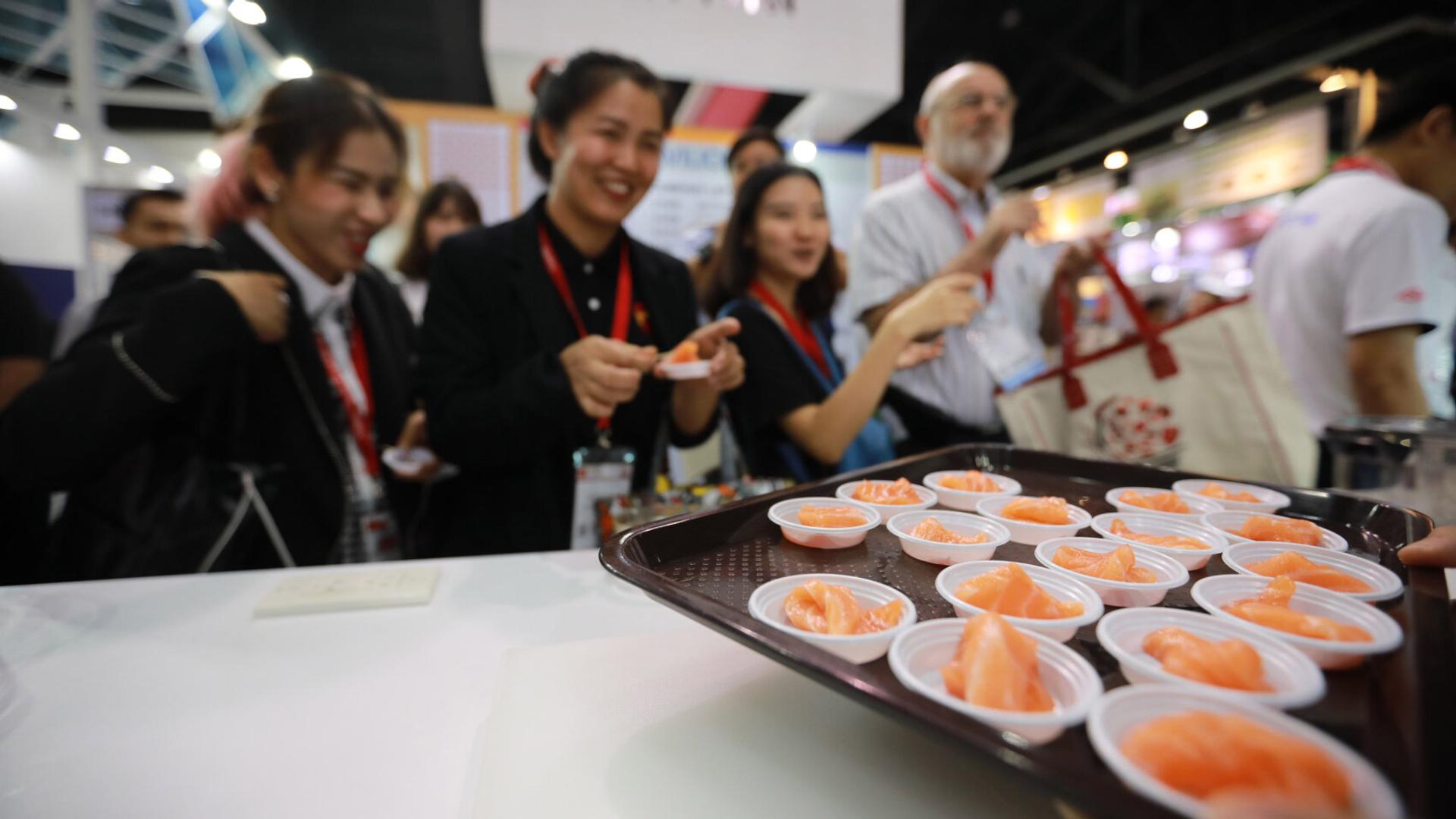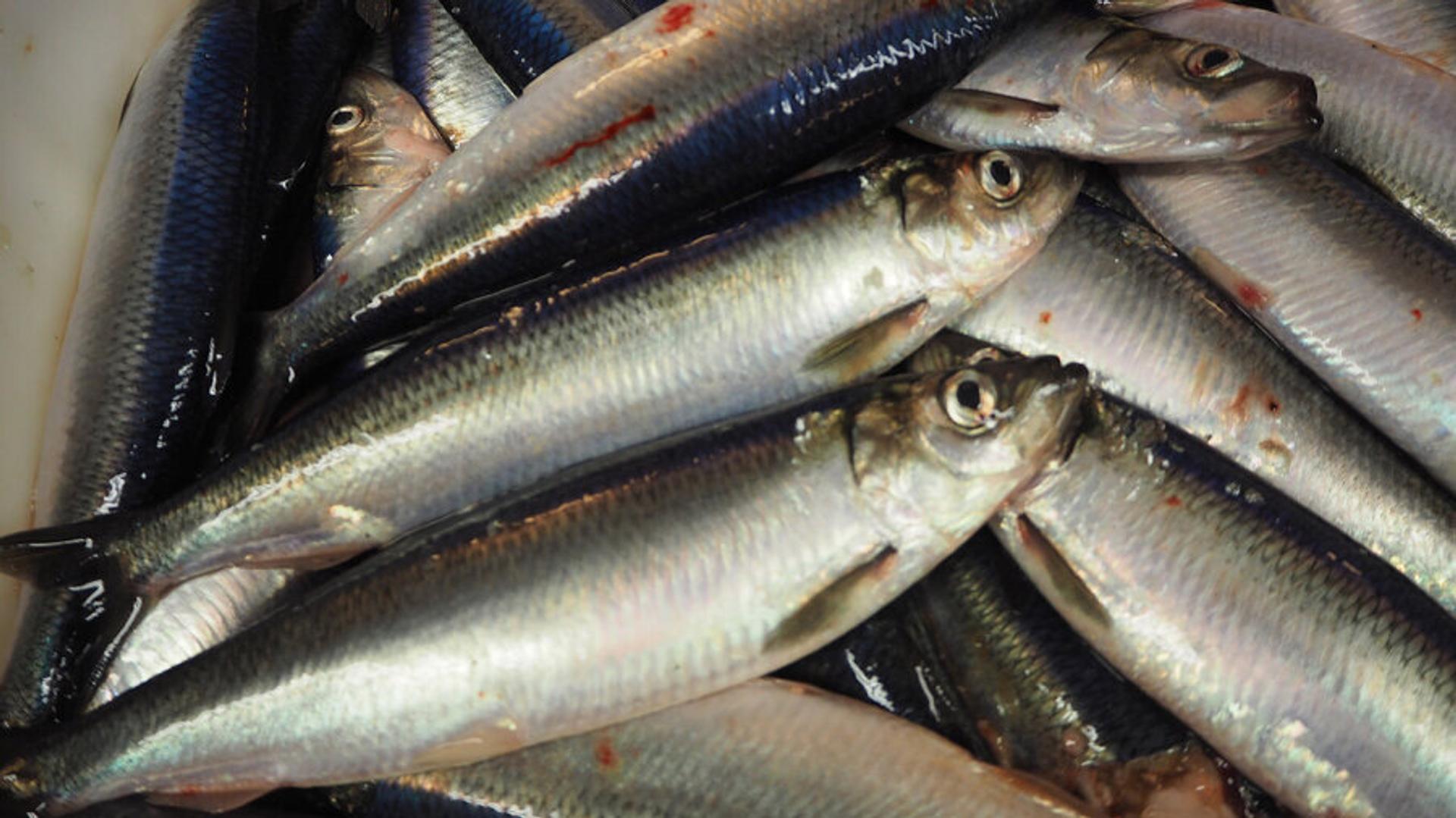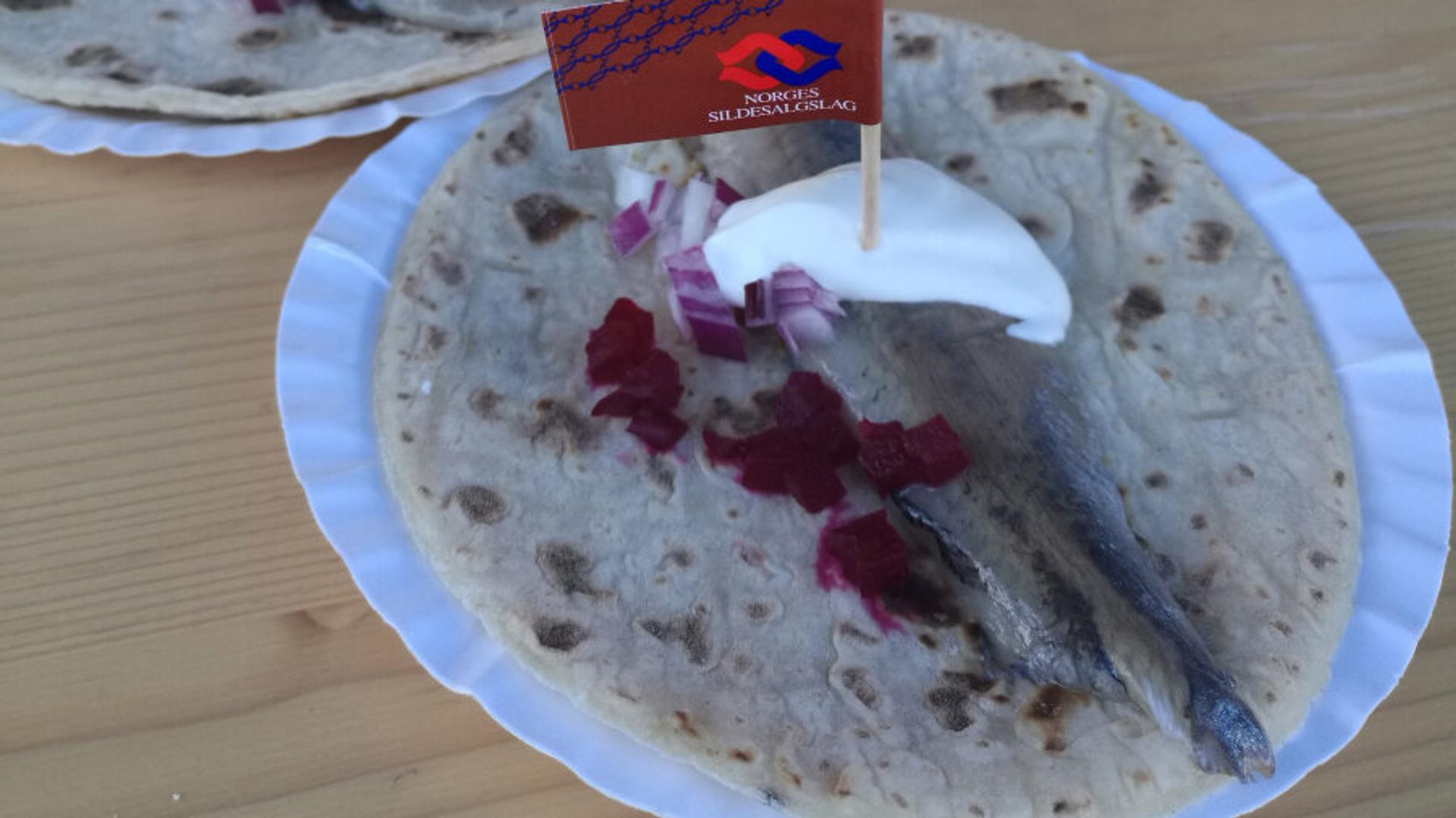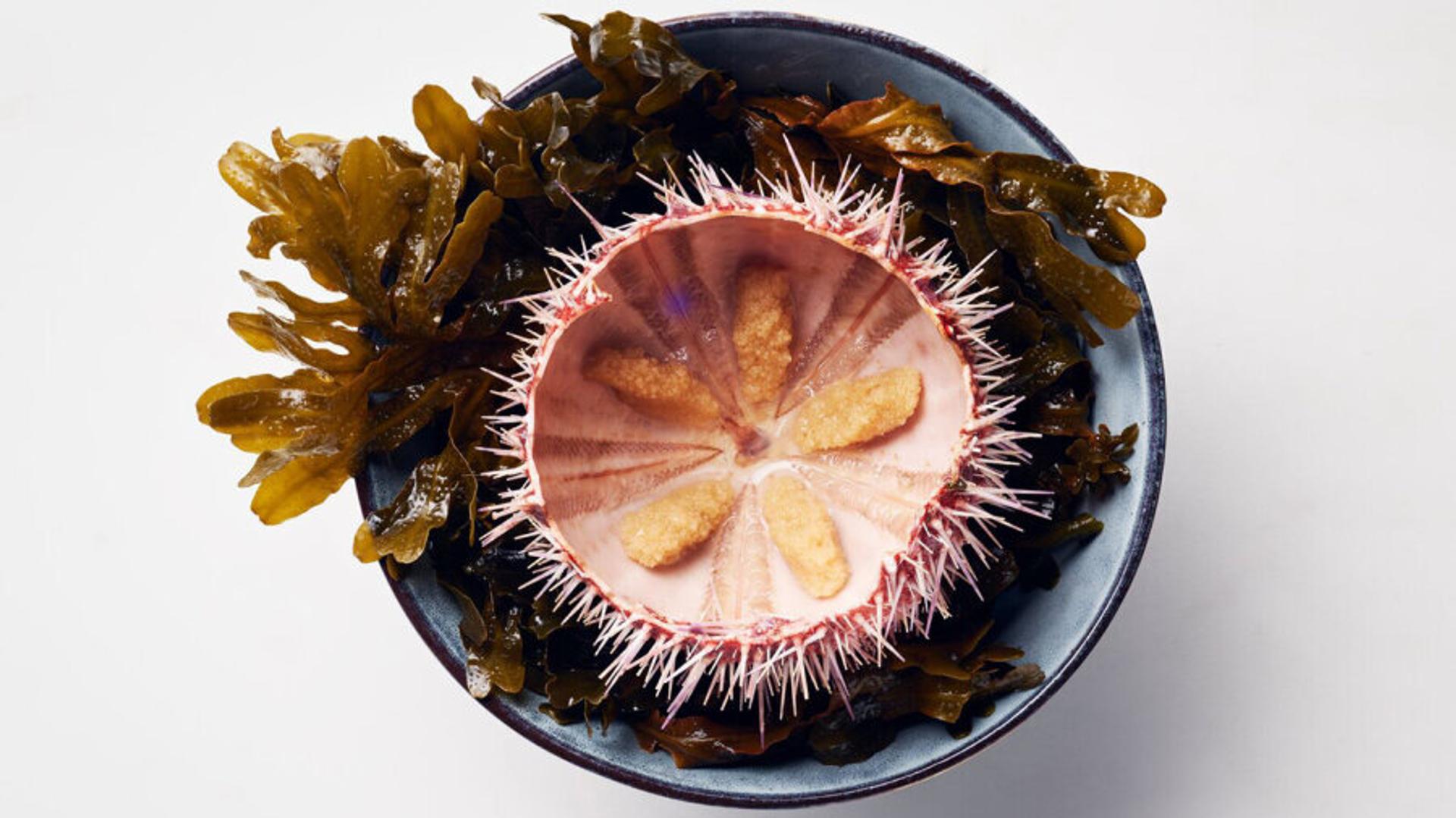Norwegian seafood is changing the world, where you least expect it

Taking full advantage of its extensive coastline and maritime expertise, Norway has built one of the most successful and sustainable seafood industries in the world. It is not an exaggeration to say that Norway produces some of the world’s best seafood – which is served at the world’s best restaurants.
The world-renowned restaurant Noma in Denmark serves king crab, ocean clams and scallops from Norway. Meanwhile, Norwegian shellfish features heavily on the menus of all 11 Michelin-starred restaurants in Norway – without exception.
But Norwegian seafood has prospered in unexpected places too. Here are some stories of surprising seafood successes from Norway.

Norwegian salmon turned the sushi industry on its head
What is the quintessential sushi topping?
Some say tuna. Others say crab. Certain connoisseurs may even say sea urchin roe (more on that later). The most common answer you will get, however, is probably salmon. Fatty, flavourful, bright orange salmon.
Although sushi as we know it today has been served for nearly 200 years, salmon did not end up on our plates until the late 1980s. Before then sushi chefs would not even touch raw salmon, as it was considered too lean and flavourless – and the locally caught Pacific salmon contained parasites.
But that was before they sampled Norwegian salmon.
In 1985, a group of Norwegian politicians, business people and researchers travelled to Japan to find new markets for Norwegian fish. They convinced Japanese chefs and diners that Norwegian salmon is an ideal topping for traditional sushi.
The rest, as they say, is history. Japan, and the world, fell for the fish, which is now found on plates from Sapporo to Santiago.

The Dutch herring pilgrimage to Norway
If you wander around fish markets in Southern Norway at the end of June, you may well hear more Dutch than Norwegian being spoken.
Each summer, while other Europeans are hiking in the mountains or sunning on the beach, the Dutch flock to Norway to stock up on fatty herring.
This is the essential ingredient of a delicacy called Dutch new herring or maatjesharing, matjessild in Norwegian. Traditionally the salted fillet is held by the tail and swallowed whole – a gastronomic experience, according to many in the Netherlands.

Only the first, young herring of the season, which has not yet spawned, can be used for maatjesharing – if it has a fat content of at least 16 per cent. Just 2 per cent of all herring caught in Northern Europe meets these requirements. And much of it is caught in Norway. That is why the Dutch make their herring pilgrimage, before sending the fish to the Netherlands for processing.
Norwegian maatjesharing is even sent by special delivery to all Dutch embassies and foreign service missions – making Norway the only country with a diplomatic express service for herring.

Eat Norwegian sea urchins and save the seabed
Imagine if we could eat our way out of ecological problems.
Sea urchins are some of the ocean’s worst environmental pests. When allowed to grow unchecked, they destroy kelp forests and spawning grounds through overgrazing, making life unliveable for small fish and other seabed dwellers. In some places, they can even turn the ocean floor into a veritable desert.
However, sea urchin roe, or “uni”, is also considered a delicacy in many parts of the world, and a prized sushi topping. On a good day in Japan, a kilogram of sea urchins can sell for as much as USD 300.

In the town of Ulsteinvik on the coast of Western Norway, Japanese-Norwegian Brian Tsuyoshi Takeda has come up with a plan for restoring the world’s kelp forests, while providing raw ingredients to discerning foodies.
His company, Urchinomics, has developed land-based urchin ranching systems – creating a viable business model where urchins are collected from the sea by divers, moved to a ranching facility and fattened up. The roe is then sold to high-end seafood distributors.
Restoring kelp forests has many benefits. Kelp forests are, for instance, some of the world’s largest carbon sinks. That means that they absorb and store CO₂ that would otherwise be released to the atmosphere. Thus, Urchinomics’ sea urchin ranching solution can actually play a role in combatting climate change, if only a small role. In addition to delivering a delicacy to seafood and sushi lovers all over the world, of course.

